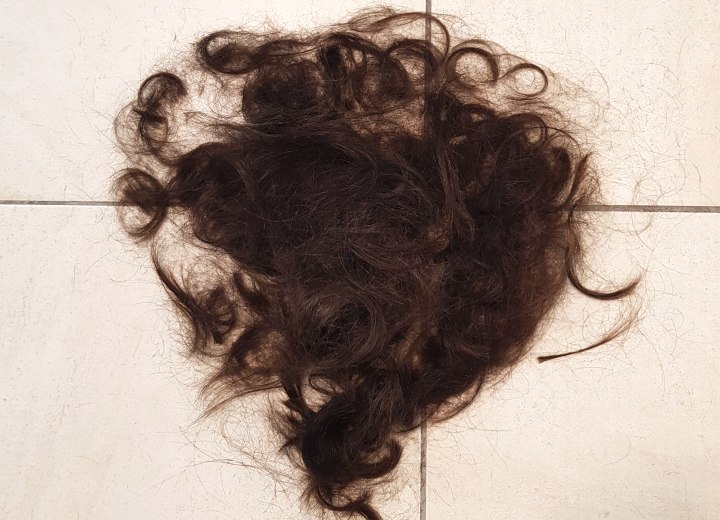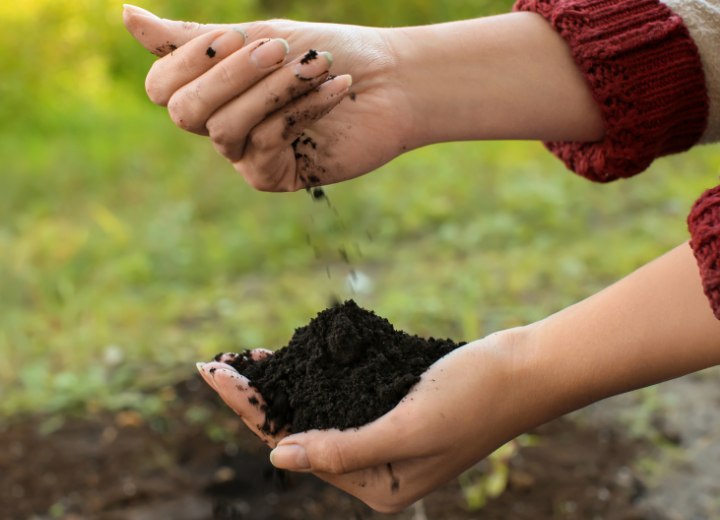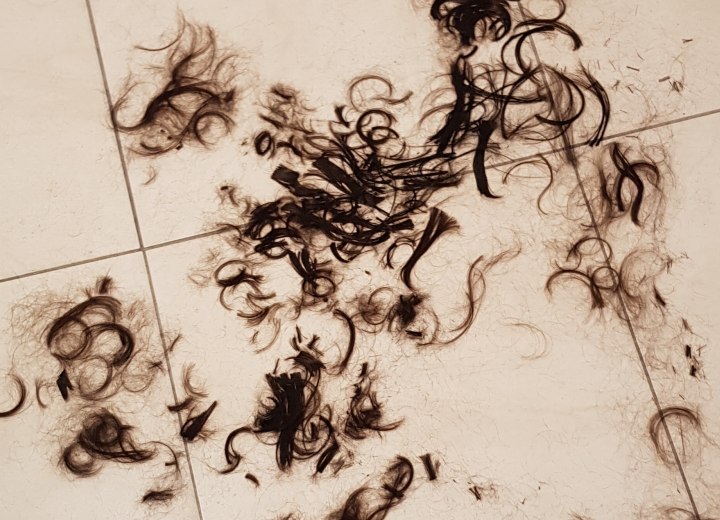Biodegradable Human Hair

Q: Is human hair biodegradable and does hair that has been cut off harm the environment in any way?
A: Okay, to help everyone better comprehend what comes next, I will first explain what biodegradation is. Biodegradation is a process by which living organisms break down organic substances into simpler compounds. When something is biodegradable, it means that it can be decomposed by bacteria and other living organisms.
And yes, human hair is biodegradable. Hair is composed of keratin, which is a protein. As a protein, human hair is organic and thus can be broken down by bacteria and other microorganisms. The rate of decomposition can fluctuate depending on multiple elements, such as the environment in which it is exposed to microorganisms, and the presence of other substances that may impede or promote decomposition.
A second factor that will affect the rate of biodegradation is the environment in which the hair is disposed. If hair is disposed in a place with low oxygen levels, it can take years to break down. This is because anaerobic bacteria, which do not need oxygen to survive, break down organic matter more slowly than aerobic bacteria, which do need oxygen to survive. Hair is a very strong material and it is hard for bacteria to break it down. Therefore, it can take many years or even centuries for hair to decompose in an environment with little oxygen.

I already hear you thinking: "If hair can decompose in a matter of months in an environment with high oxygen levels, why doesn't it decompose when it's still on our head?" Well, when hair is still on our head, it is protected by the natural oils and other substances produced by our scalp. This prevents the growth of microorganisms that would otherwise assist in breaking down our hair. Additionally, the pH of the scalp is usually slightly acidic, and this helps to protect the hair and stop microbial growth.

Hair can have both negative and positive effects on the environment. On the positive side, hair can be used as a natural fertilizer and soil enhancer. Hair has high amounts (around 15%) of nitrogen, which is a necessary nutrient for plant growth. When hair is added to a compost pile or used as mulch around plants, it can help to improve the soil.
However, on the downside, hair that has been dyed, treated with chemicals or that has product residue can be damaging to the environment. Chemical treatments can contain toxic substances that can seep into the soil and water, causing damage to nature. Hair products can also contain synthetic chemicals that cannot be broken down by natural processes.
©Hairfinder.com
See also: What is hair made of and how does it grow?